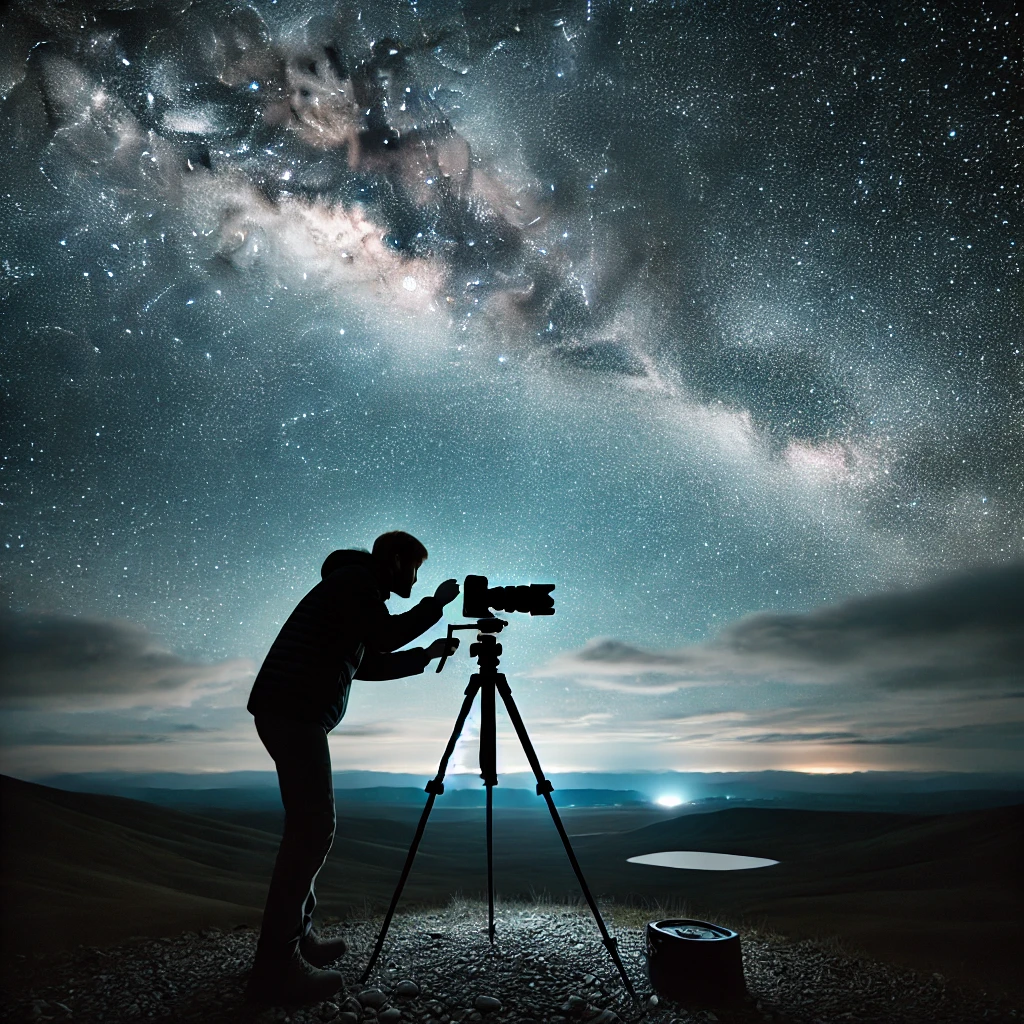Astrophotography takes patience and skill, but with the right techniques, you can transform your images from simple snapshots to breathtaking cosmic masterpieces. This guide will walk you through key methods to improve your astrophotography and capture the beauty of the universe.

Why Astrophotography is Worth the Effort
Photographing the night sky is more than just taking pictures—it’s about unlocking the mysteries of space through your lens. Here’s why mastering astrophotography is so rewarding:
- Reveals the unseen beauty of the cosmos.
- Challenges you to improve technical and creative skills.
- Allows you to document celestial events like meteor showers and eclipses.
Advanced Techniques for Stunning Astrophotography
1. Long Exposure for More Detail
Using long exposure settings allows your camera to gather more light, bringing out details in nebulae and galaxies.
2. The 500 Rule for Sharp Stars
To avoid star trails, use this formula: 500 ÷ focal length = max shutter speed (in seconds).
3. Stacking Images for Reduced Noise
Stacking multiple images using software like DeepSkyStacker enhances detail and reduces digital noise.
4. Shooting in RAW Format
RAW files retain more detail, making post-processing adjustments easier.
Essential Gear for High-Quality Astrophotography
- Star trackers: Keep celestial objects sharp in long exposures.
- Light pollution filters: Improve contrast in urban environments.
- Editing software: Tools like Lightroom and Photoshop help refine details.
Final Thoughts
Astrophotography is a journey of discovery. By mastering these techniques, you’ll be able to capture the stunning beauty of the cosmos with clarity and precision.